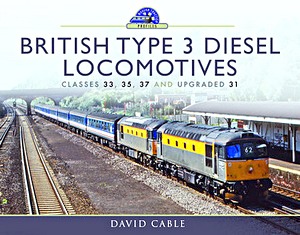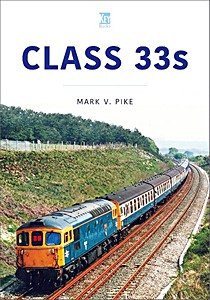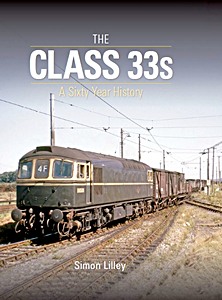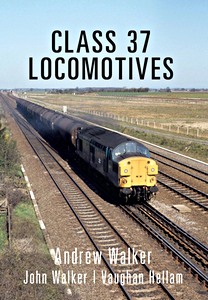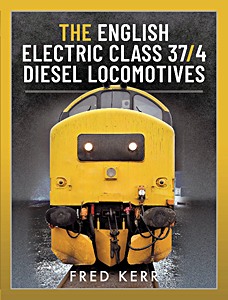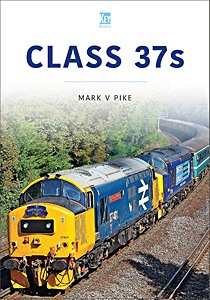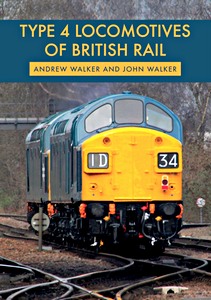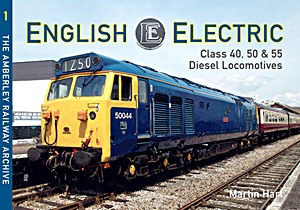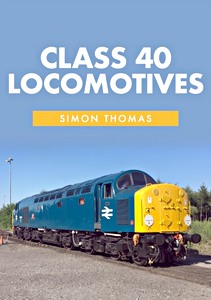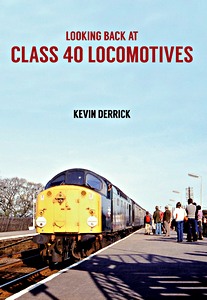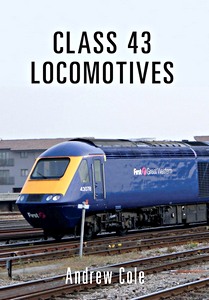Class 31 Locomotives
A pictorial tribute to the British Rail workhorse, the Class 31. Over 260 of these locos were built by Brush at Loughborough from 1958 onwards, and they would work on most regions for the next forty years, with a few examples still working today.
Working both passenger and freight trains, they were a success, although their original Mirrlees engines would be replaced with English Electric power units in the late 1960s.
They have worn many different liveries, with most being portrayed in this book. Unfortunately most have now gone for scrap, however quite a number have been preserved and can still be seen running on their preserved lines up and down the country.
This book acts as a personal recollection of a favourite class of loco. For those fortunate enough to have experienced the Class 31 locos in their prime, this book will offer a pleasing trip down memory lane. For those new to the class, it will highlight what you may have missed.
| Auteur : | Andrew Cole |
|---|---|
| Présentation : | 96 pages, 23.5 x 16.5 cm, broché |
| Illustration : | 180 photos en N&B et couleurs |
| Editeur : | Amberley Publishing (GB, 2016) |
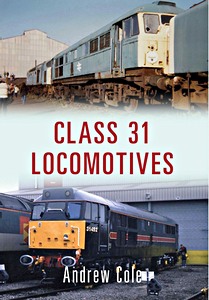
Class 31 Locomotives
Langue : anglais
Acheter sur Amazon FRAcheter sur Amazon BE
Acheter sur Amazon CA

